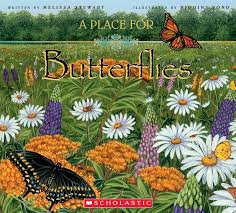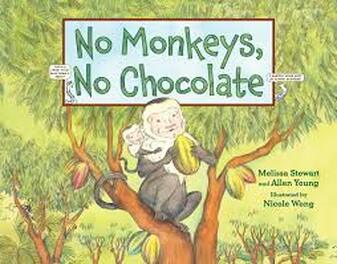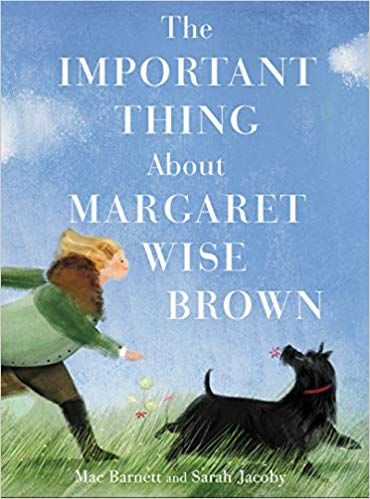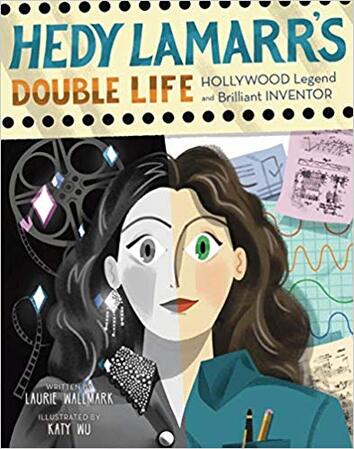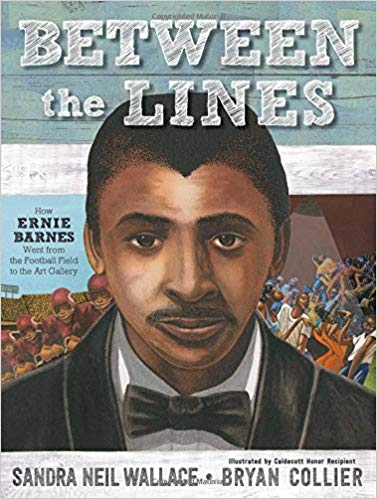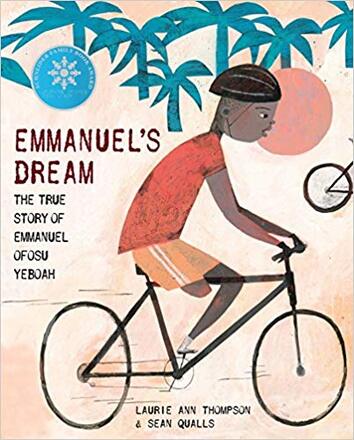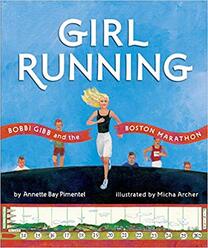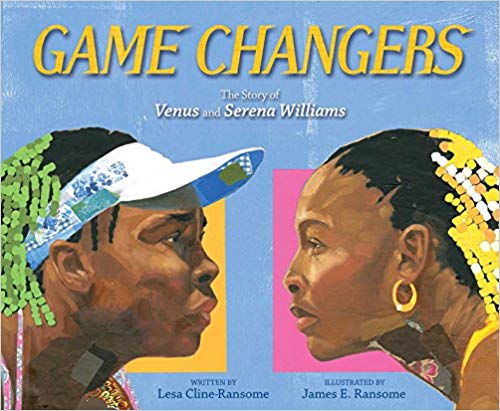Vlog Transcript BelowSlide 1: Hi! My name is Kate Narita. This is day sixteen of my summer 2019 #Bookaday Challenge. Today I will be talking about picture book biographies. Slide 2: Before I get started with the biographies, I want to explain where I got this idea. My friend, mentor and fellow author, Melissa Stewart, suggested I read two of the biographies I will be talking about today. Melissa has written over one hundred books for kids. They are fabulous. Here are two of them that I use in my classroom each year.
Slide 6: This idea of choosing between one quality and another quality reminded me of Between the Lines: How Ernie Barnes Went from the Football Field to the Art Gallery (I said Banks (I got my sports mixed up), but meant Barnes!) This is an outstanding picture book biography. We used it this year when my class was doing a mock Sibert medal contest and my boys absolutely loved this book. They loved this book because they were seeing a man who succeeded in football, he was an NFL star, and he succeeded as an artist. Often times boys think they have to choose between am I going to be an athlete or am I going to be an artist. When in fact, people can be both. I will link in the vlog post below to the January blog posts my students wrote. You can see just how powerful this book is and how much it affected them.
0 Comments
Leave a Reply. |
Chalk + Ink ChatsWant to hang out with teachers who write and writers who teach? Fill this form to join our Archives
October 2023
Categories |
